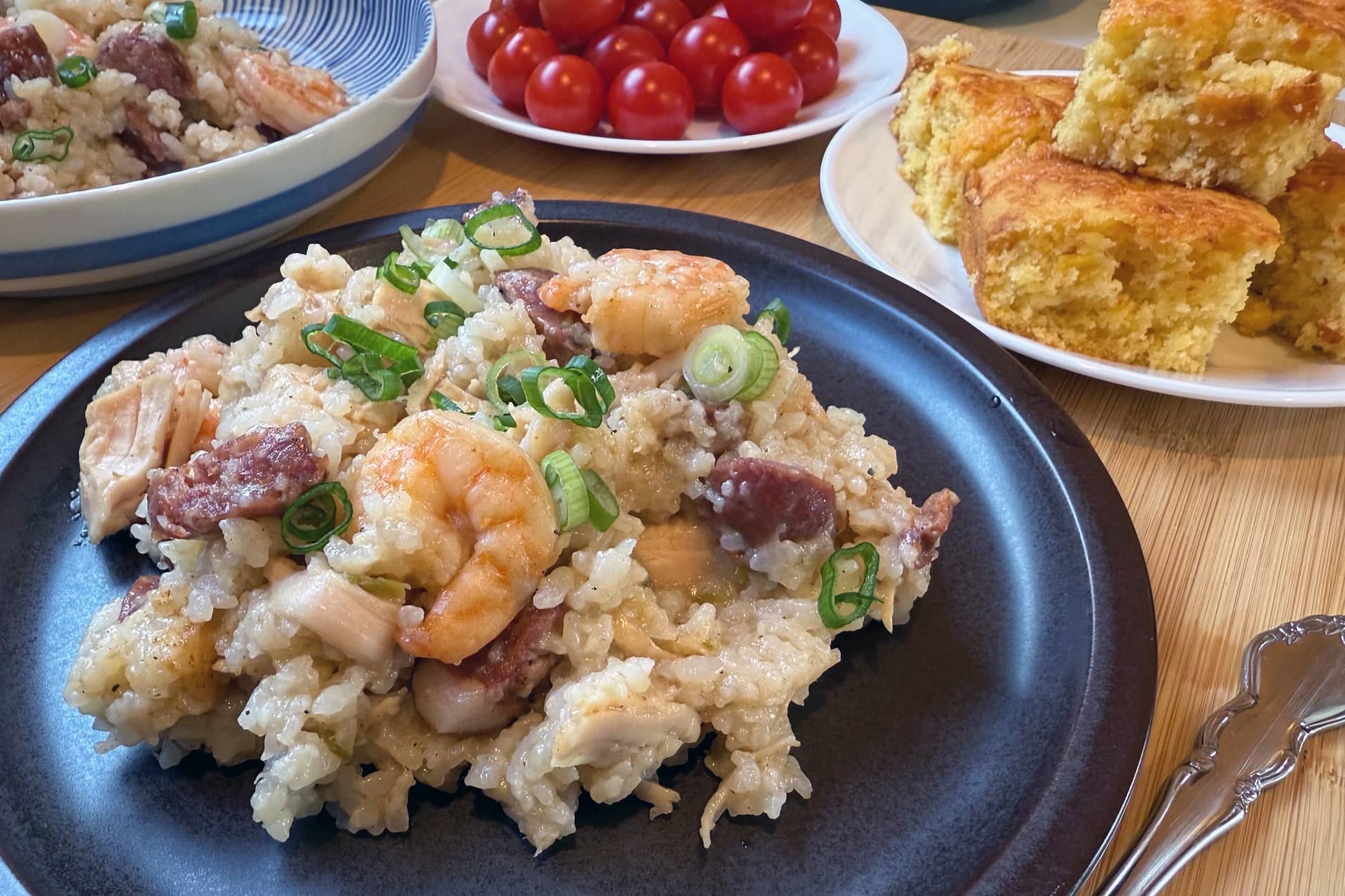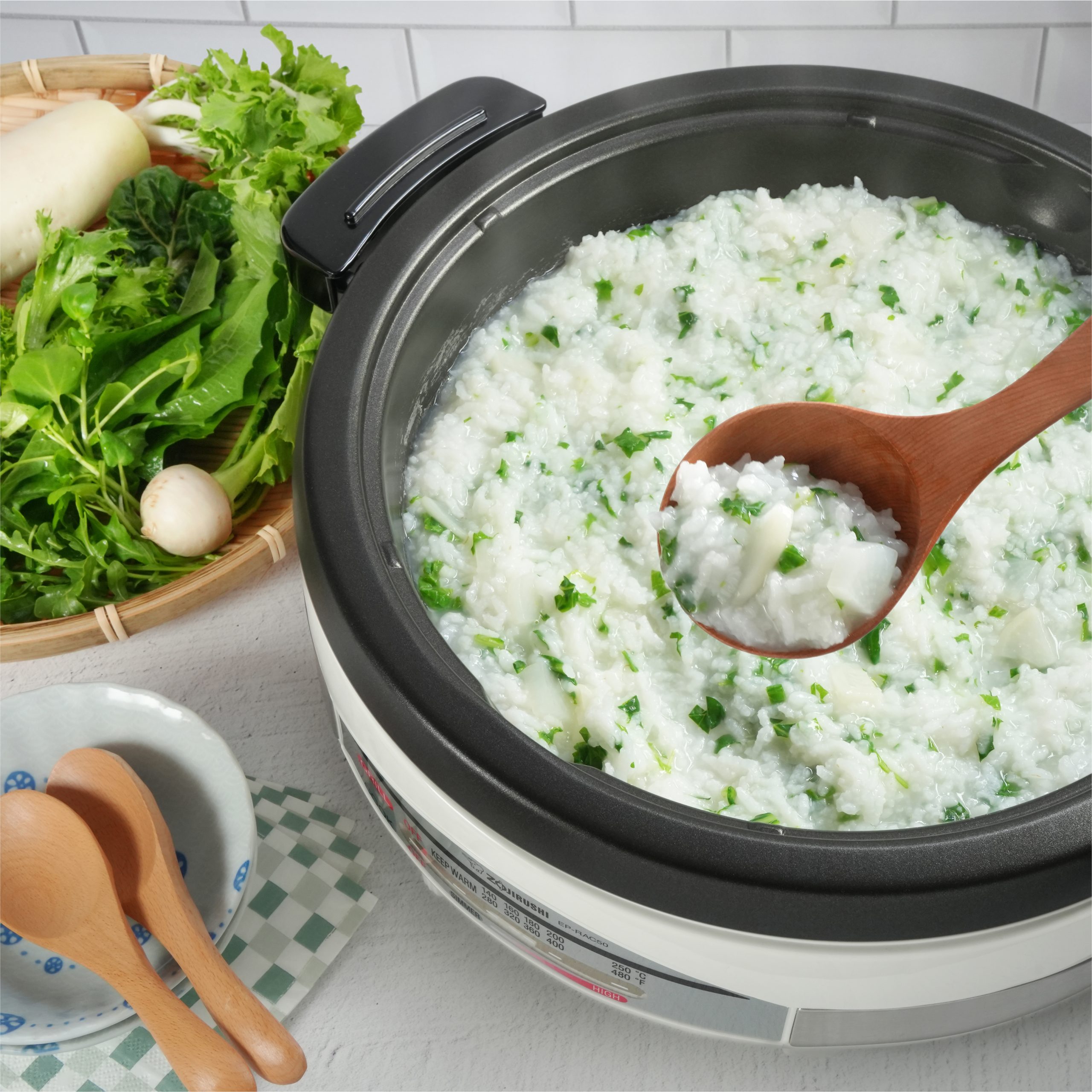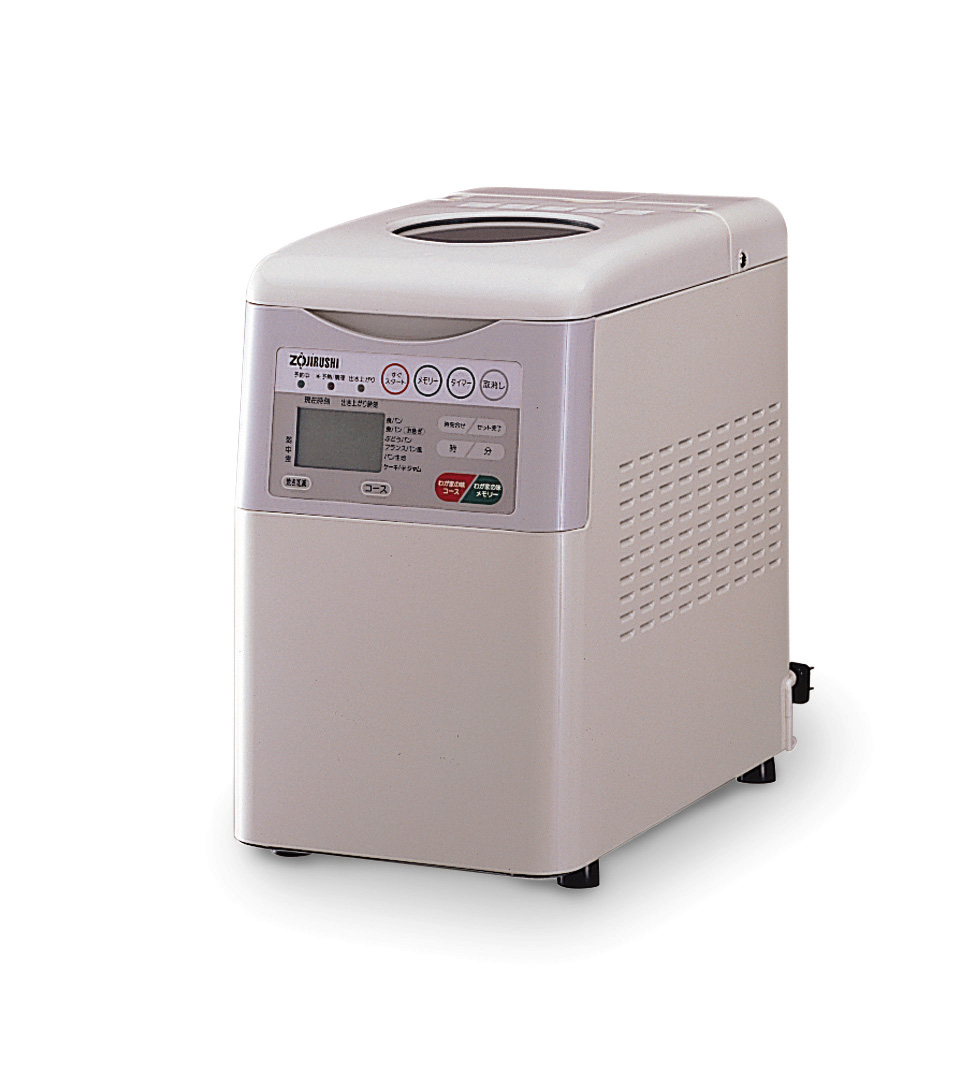Tag: Japan

The Rice Cooker is My Friend
Read more: The Rice Cooker is My FriendIf you own a rice cooker, it’s time to give it a real workout. If…

Welcome the New Year with a Bowl of Tradition: Nanakusa-Gayu
Read more: Welcome the New Year with a Bowl of Tradition: Nanakusa-GayuAs we welcome the new year, it’s the perfect time to embrace traditions that promote…

Zojirushi’s First Breadmaker and Beyond
Read more: Zojirushi’s First Breadmaker and BeyondThe Evolution of Homemade Bread with Zojirushi Breadmakers In 1987, Zojirushi changed home baking with…

Tips to Cook Rice Perfectly
Read more: Tips to Cook Rice PerfectlyAt Zojirushi, we test enormous amounts of rice every year to perfect our rice cooking…

Where Do Tea Leaves Come From? Learn How Tea Grows
Read more: Where Do Tea Leaves Come From? Learn How Tea GrowsDo you know what camellia sinensis is? You might have guessed, but it’s the species…

What is Tea? Everything You Need to Know
Read more: What is Tea? Everything You Need to KnowTea may only be thought of as an alternative to coffee in America, but it…




